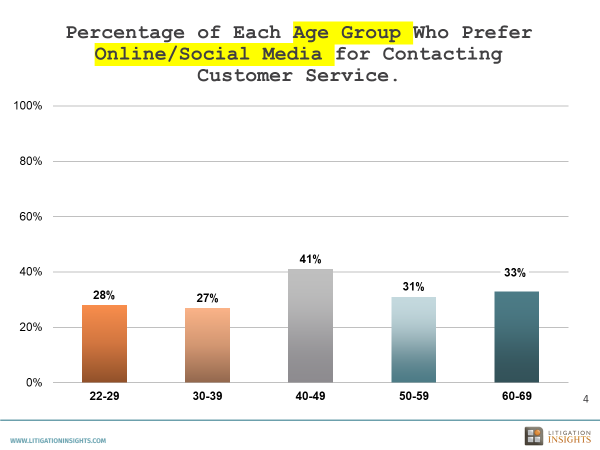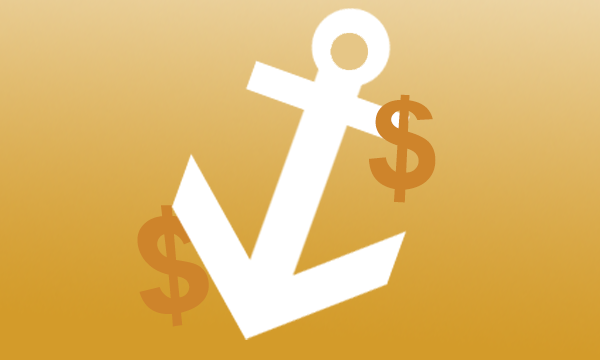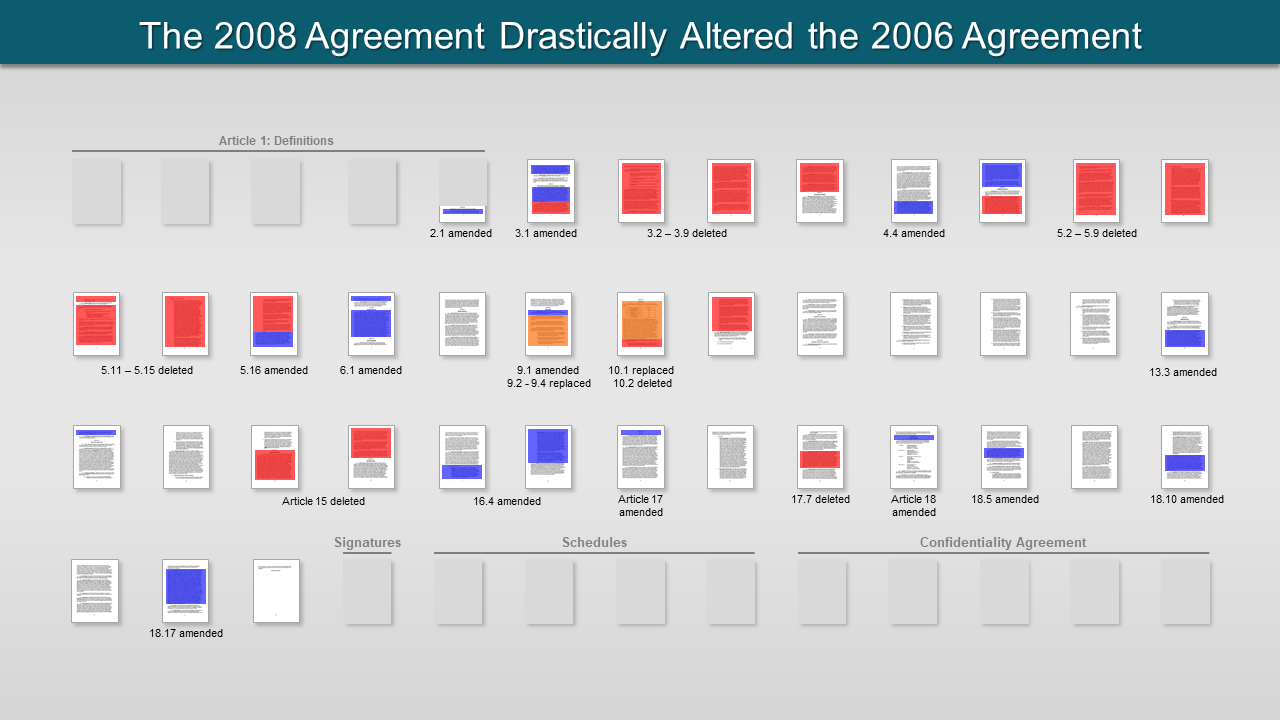How Do Jurors’ Customer Service Expectations Affect Company Defendants?
We recently conducted a focus group, along with a nationwide survey of over 150 respondents, that shed light on how the internet – and particularly social media – has influenced juror’s attitudes, experiences, and expectations toward customer service. What we learned suggests that their changing attitudes are likely to have a notable effect on consumer-facing company defendants. Let’s look at some of our key results: 1) Social Media Is a Growing Method to Contact Customer Service and Interact with Companies More and more, jurors are using the internet and social media for customer service and to interact with companies. While










